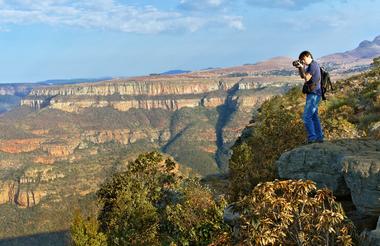Windhoek, the capital of Namibia, lies at the heart of the country, encircled by magnificent mountains, expansive valleys, and fertile farmlands. The landscape of the Greater Windhoek area surrounding this bustling city is characterised by vast valleys, thick scrub, rocky hills, and covered in golden savannah. Visitors can explore the dry river beds and mountainous scrublands, as well as enjoy birding, leopard-spotting and view large quantities of wildlife in the north; visit the more arid eastern part with its olive, potato, and date plantations; explore the rolling hills of the Khomas Hochland Mountains in the west of the Greater Windhoek area and soak up the epic views along a number of scenic passes leading off the high plateau, including Bosua Pass, Gamsberg Pass, and Spreetshoogte Pass.
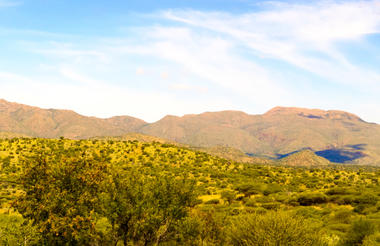
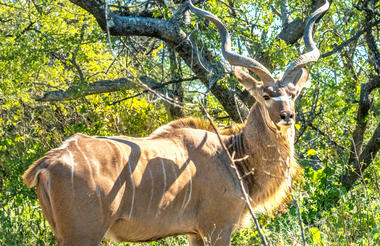
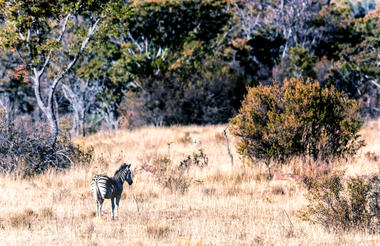
Situated east of the capital city of Windhoek, the area of the Kalahari North can be found in the northeastern reaches of Namibia. The expansive Kalahari Desert spans over seven countries, some of which include: South Africa, Botswana, and Namibia. The Okavango River Delta forms part of the northern region of the desert creating an array of waterways and wetlands which support an abundant variety of wildlife. The northern central region is home to ancient dry riverbeds called 'omuramba'. Kalahari North is blanketed in endemic acacia- camelthorn trees, ephemeral rivers, a fossil watercourse and boasts a reasonably regular rainfall, making it the ideal habitat to support fauna and flora. Visitors can enjoy a comfortable stay at one of many lodges and guest farms dotting the area and explore the pristine landscape.
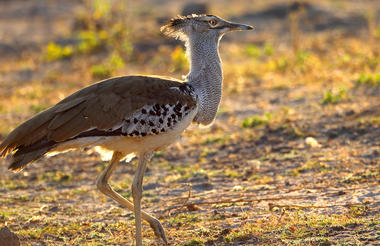
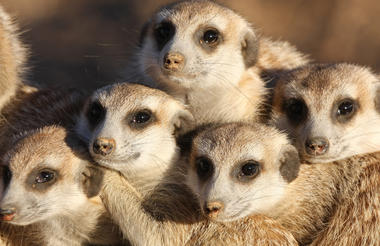

Situated 300 kilometres southwest of Maun and just north of the Trans-Kalahari highway, which runs from Lobatse in Botswana to Walvis Bay in Namibia, the small town of Ghanzi is sometimes referred to as the 'Capital of the Kalahari'. It serves as the administrative centre of the Ghanzi district which covers a vast area of cattle ranches and farmland in the west of Botswana. The Ghanzi area has a number of lodges that focus on cultural tourism as well as wildlife viewing - here you can experience the fascinating world of the San Bushmen as they explain to you how they forage, hunt and find water in this harsh environment.
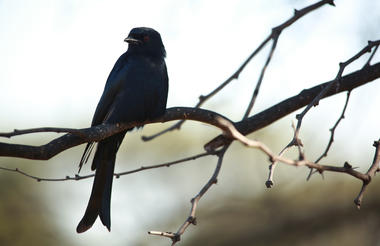
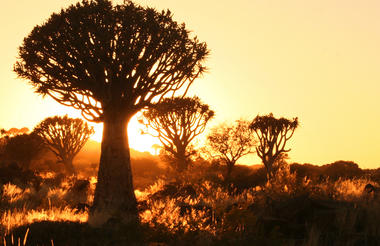
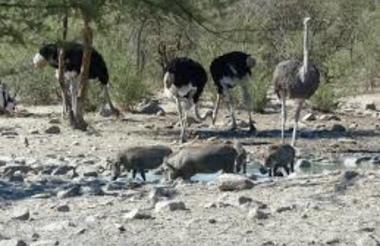
Set on the banks of the beautiful Thamalakane River in northern Botswana, Maun is the third-largest town in this spectacularly scenic southern African country. Maun is the starting point for most expeditions into the Okavango Delta and as a result, has developed into a bustling metropolis that is considered Botswana’s tourism capital. Area attractions include a renowned riverboat that offers cruises up and down the Thamalakane River; the forest groves of the Maun Game Reserve; and Moremi Game Reserve, home to hippos, lions and rhinos. Maun also serves as the jumping-off point for many safaris and air charters as well as offering private 4x4 rentals. Don’t miss the opportunity to visit the Nhabe Museum exhibiting the local history, art and culture of the Ngamiland region.
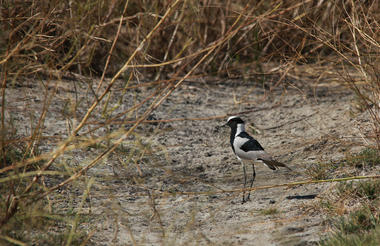
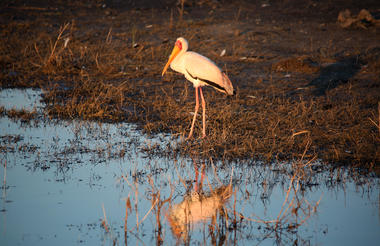

Situated 180 kilometres north of Francistown, the small village of Nata is a popular stopover between Maun and Kasane along the ‘game drive route’ (there is often a chance to catch a glimpse of wildlife along the way). The unique surrounding landscapes feature white sand, tall termite mounds, and Mokolwane palm trees. The Nata Sanctuary is a particular highlight for avid bird watchers, where lucky visitors can be rewarded with large flocks of Flamingos and Pelicans, which breed here each year. The town is also a perfect base for exploring the legendary and spectacular Makgadikgadi Pans, where quad biking and four-wheel-drive tours can be enjoyed.
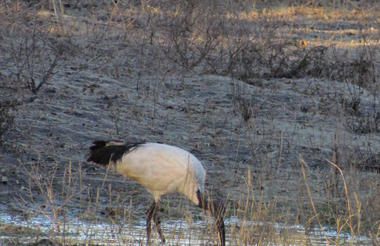
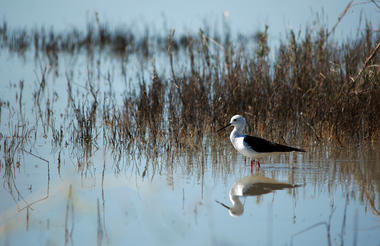
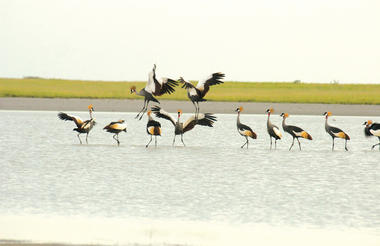
Situated in east Botswana near the border of Zimbabwe, Francistown is the second largest city in the country. Known as the gateway to Maun and Kasane in the north, it serves as an excellent stopover for tourists as it is conveniently located along the main road from Gaborone to Kasane. Dubbed the ‘Capital of the North’, Francistown was originally started as a gold rush and mining town and today it has developed into a thriving urban centre. Visitors can enjoy several attractions including: the Supa Ngwao Museum, exhibiting traditional wood carvings and local cultural displays; the Domboshaba Ruins, a series of centuries-old stone walls and enclosures; and Tachila Nature Reserve, inhabited by abundant wildlife such as hyena, warthog, leopard, kudu and much more.
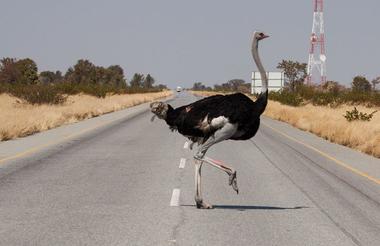

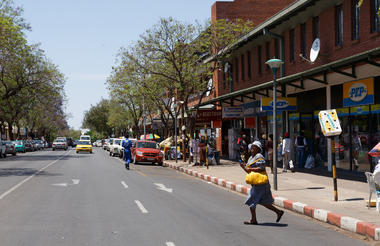
Tucked away in the unspoiled expanse of northern Limpopo, the Mapesu Private Game Reserve spans 7,200 hectares of diverse and scenic landscapes, ranging from lush mopane bushveld to the grandeur of baobab trees. Here, visitors have the unique opportunity to encounter a wide array of species, including the revered Big Five – elephants, lions, leopards, buffalo, and rhinoceros. The reserve also teems with other iconic African wildlife, such as giraffes, zebras, hippos, and crocodiles. The vibrant birdlife of the reserve adds to its allure, featuring an array of avian species from majestic eagles to colourful hornbills. Moreover, within the reserve lies Koaxa's Rock Art Shelter, an archaeological gem that unveils ancient Bushmen art, some dating back 3,000 years, adding a rich layer of cultural significance to this remarkable destination.
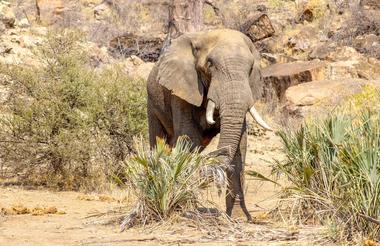
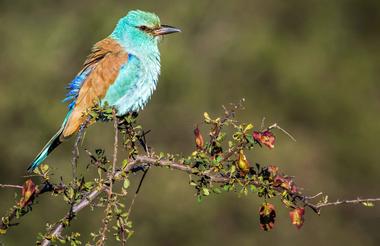
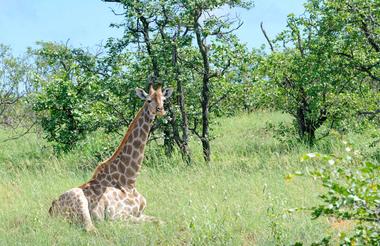
Situated in the Limpopo Province and forming part of the Greater Kruger National Park in northeastern South Africa, the Balule Private Game Reserve is known for its abundant free-roaming wildlife, fascinating birdlife and is home to the renowned Big Five, which includes lion, elephant, rhino, buffalo, and leopard. While the big game is the undoubtable highlight of the reserve, visitors can also look forward to spotting an array of other African wildlife such as a variety of buck, zebra, giraffe, wildebeest and over 250 bird species living amongst the savannah, riverine forest and wooded mountains. Other popular activities include: boating down the Olifants River on an exciting water safari, visiting a cultural village, or horse riding, white water rafting and hot air ballooning through this spectacular landscape.



Connecting the Lowveld and the Drakensberg, and sandwiched between the Kruger National Park and the Highlands Meander, the historical Panorama Route is a scenic drive in the Mpumalanga Province. The route features sensational views of natural wonders including fascinating rock formations and impressive waterfalls and boasts numerous scenic hiking trails alongside a myriad of fauna and flora. The quaint little town of Graskop serves as the gateway to this wonderful route. Panorama’s undoubted highlight is the Blyde River Canyon, one of the world's largest green canyons, filled with lush subtropical vegetation. Some other popular attractions along the route include the spectacular Lisbon, Berlin, and Mac Mac Falls; Bourke's Luck Potholes; the Three Rondavels; and the astonishing God’s Window. Don’t miss the world-famous Kruger National Park and the picturesque gold rush town of Pilgrim's Rest, a historic living museum.


